In the intricate world of animal behavior, snakes exhibit fascinating preferences and aversions when navigating their environments. While we often focus on what attracts these reptiles, understanding what repels them provides equally valuable insights into their sensory perception and survival strategies. Snakes, with their highly specialized sensory systems, avoid certain plants and surfaces for reasons ranging from chemical irritation to physical discomfort. This natural aversion has evolved over millions of years as part of their survival toolkit, helping them avoid potential dangers and conserve energy. For humans seeking to coexist with these creatures—whether by deterring them from residential areas or creating snake-friendly habitats in conservation settings—understanding these natural repellents offers practical applications while providing a window into the remarkable sensory world of these misunderstood animals.
The Sensory World of Snakes

Snakes perceive their environment through a combination of specialized sensory systems that differ significantly from human perception. Unlike humans who rely primarily on vision and hearing, snakes depend heavily on chemical detection through their Jacobson’s organ, which allows them to “taste” the air and gather detailed information about their surroundings. Their skin contains sensitive mechanoreceptors that detect vibrations and textures, making certain surfaces particularly uncomfortable or threatening. Additionally, many snake species possess infrared-sensing pit organs that detect heat signatures, adding another dimension to how they experience potential repellents. Understanding these unique sensory capabilities helps explain why certain plants and surfaces that seem innocuous to humans can trigger strong avoidance behaviors in snakes.
Chemical Defenses in Plants

Many plants have evolved sophisticated chemical defenses that specifically deter reptiles, including snakes. These botanical compounds often contain alkaloids, phenols, and other secondary metabolites that irritate snakes’ sensitive chemoreceptors or cause physical discomfort when contacted. For example, plants in the Allium family (including garlic and onions) produce sulfonic acid compounds that overwhelm snakes’ chemical senses, creating an intense aversive response. The effectiveness of these chemicals varies between snake species, with some showing stronger reactions than others based on their evolutionary history and ecological niche. Plant chemical defenses represent millions of years of coevolutionary relationships, with both plants and snakes continuously adapting in this biological arms race.
Snake-Repelling Plants: The Allium Family

Members of the Allium family, including garlic, onions, leeks, and chives, contain high concentrations of sulfonic compounds that function as powerful snake deterrents. When these plants are damaged or crushed, they release allicin and other sulfur compounds that create a strong sensory experience that snakes find overwhelming and unpleasant. Research has demonstrated that even the roots of these plants can release sufficient quantities of these chemicals into surrounding soil to create a deterrent zone. Gardeners in snake-prone areas often plant Allium species as a barrier around property perimeters, taking advantage of this natural repellent effect. The pungent odor that makes these plants useful in cooking for humans serves an entirely different evolutionary purpose—protecting the plant from herbivores and reptilian threats.
Marigolds and Snake Behavior

Marigolds (Tagetes spp.) have earned a reputation as effective snake-repelling plants due to their production of thiophenes and other bioactive compounds that irritate snakes’ sensory organs. The strong scent emitted by marigold roots, leaves, and flowers creates an olfactory barrier that many snake species prefer to avoid rather than cross. Studies examining snake movement patterns in controlled environments have documented significant avoidance behaviors when marigolds are present, with snakes choosing alternative routes even when doing so requires greater energy expenditure. Beyond their repellent properties, marigolds offer the additional benefit of deterring many garden pests, making them a multipurpose solution for those seeking natural snake deterrents. The bright orange and yellow blooms that make these plants attractive to humans serve as a warning signal to many wildlife species, including snakes.
Lemongrass and Essential Oils
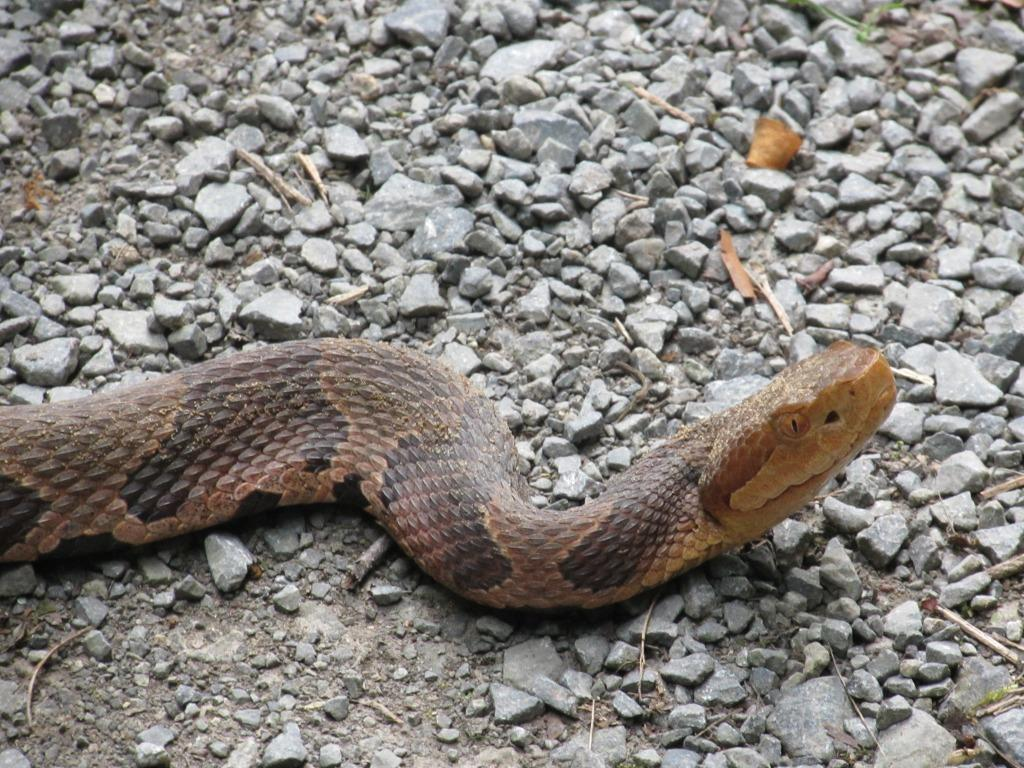
Lemongrass (Cymbopogon) produces citronella and other essential oils that function as effective snake repellents by overwhelming their chemosensory systems. The high concentration of citral and geraniol in lemongrass creates a sensory barrier that most snakes will actively avoid when alternative routes are available. These compounds irritate the sensitive Jacobson’s organ that snakes use to “taste” airborne chemicals, creating an uncomfortable sensory experience. Scientific testing has shown that essential oils derived from lemongrass can maintain their repellent properties even when diluted, making them practical for creating barriers around human habitation. For homeowners seeking natural snake deterrents, lemongrass offers the dual benefit of being both effective and aesthetically pleasing in landscape designs.
Rough and Abrasive Surfaces

Snakes show marked aversion to rough, abrasive surfaces that create uncomfortable friction against their scales and sensitive belly plates. Materials like coarse gravel, crushed eggshells, diatomaceous earth, and rough-textured mulch present significant deterrents for most snake species. This aversion stems from the snake’s delicate ventral scales, which are essential for locomotion and can be damaged by repeated exposure to abrasive materials. Research on snake movement patterns reveals that when presented with a choice between smooth and rough pathways, snakes overwhelmingly select smoother routes to minimize physical discomfort and potential scale damage. This natural preference explains why snake barriers made of sharp gravel or other abrasive materials are often effective components of integrated snake management approaches in residential settings.
Thermal Deterrents
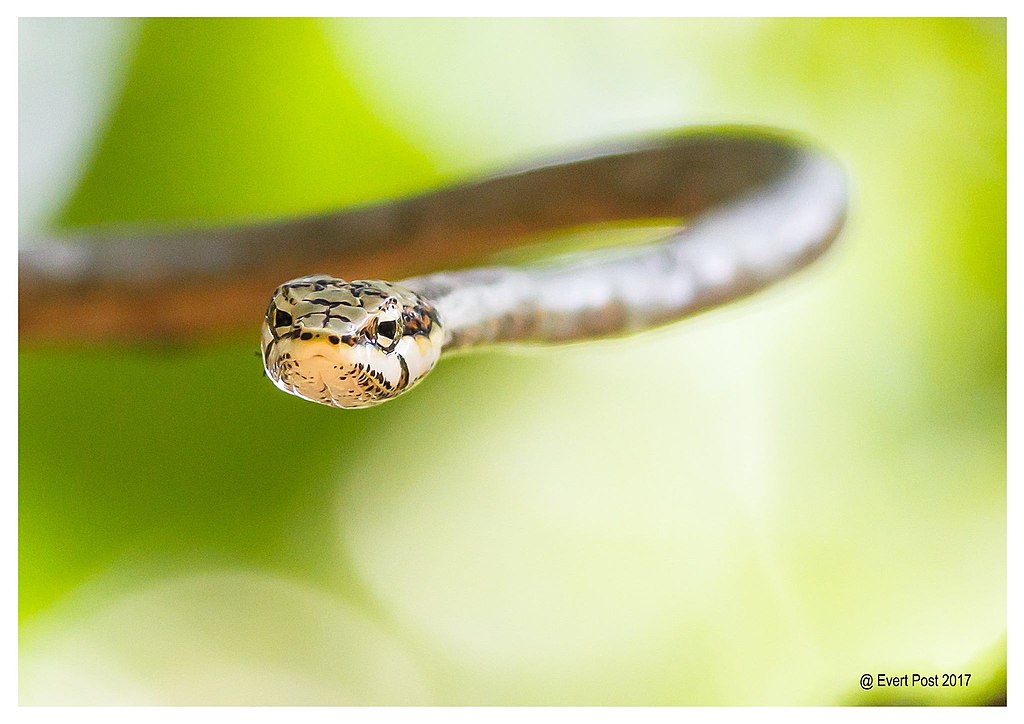
As ectothermic animals, snakes are highly sensitive to temperature variations and actively avoid surfaces that conduct heat too efficiently or maintain uncomfortable temperatures. Materials like metal sheeting, certain types of stone, and dark-colored substrates that reach high temperatures under direct sunlight function as natural snake deterrents during hot weather. Conversely, extremely cold surfaces can also deter snakes, which explains why they rarely cross large expanses of cold concrete or metal in cooler conditions. This temperature sensitivity is particularly pronounced in pit vipers and other species with specialized heat-sensing organs, which can detect even subtle thermal differences in their surroundings. Understanding this aspect of snake physiology helps explain why certain landscaping choices can inadvertently create either snake-friendly or snake-repelling environments around homes.
Sulfur and Lime as Deterrents
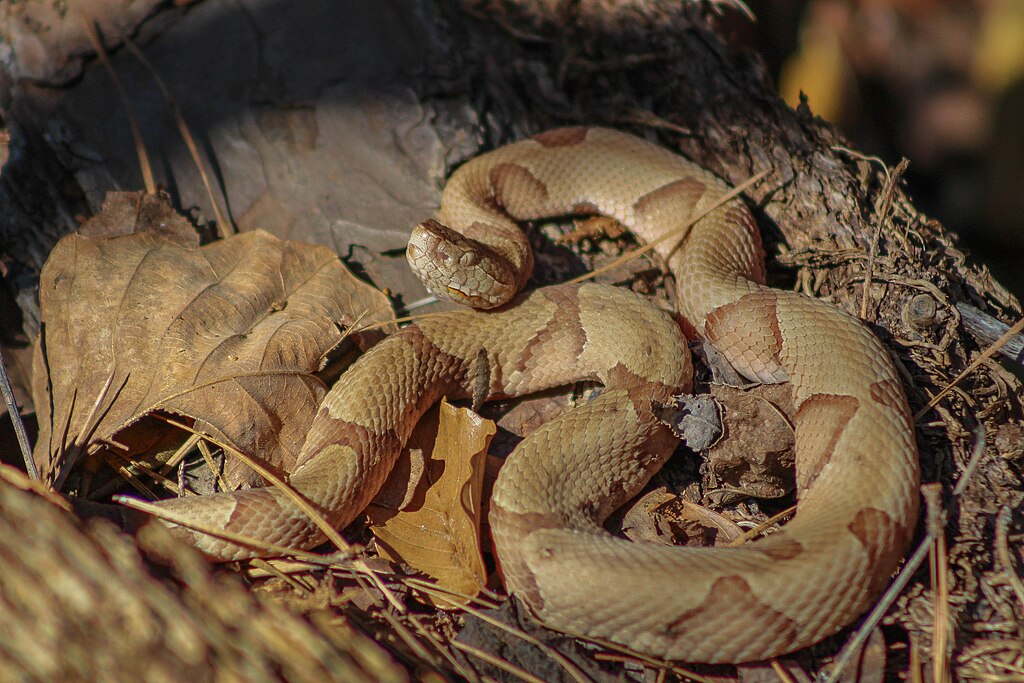
Powdered sulfur and agricultural lime have traditionally been used as snake repellents due to their ability to irritate snakes’ sensitive skin and disrupt their chemical sensing abilities. When these substances come into contact with moisture on a snake’s body, they can cause significant discomfort by altering pH levels and creating chemical irritation. Sulfur compounds in particular interfere with the snake’s ability to properly “read” chemical signals in their environment, effectively blinding one of their primary sensory systems. While these substances do not create an impenetrable barrier, they significantly increase the energy cost for snakes attempting to cross treated areas, encouraging them to seek easier pathways. Agricultural studies have documented reduced snake activity in areas treated with these substances, supporting their effectiveness as part of integrated repellent strategies.
The Role of Vibrations
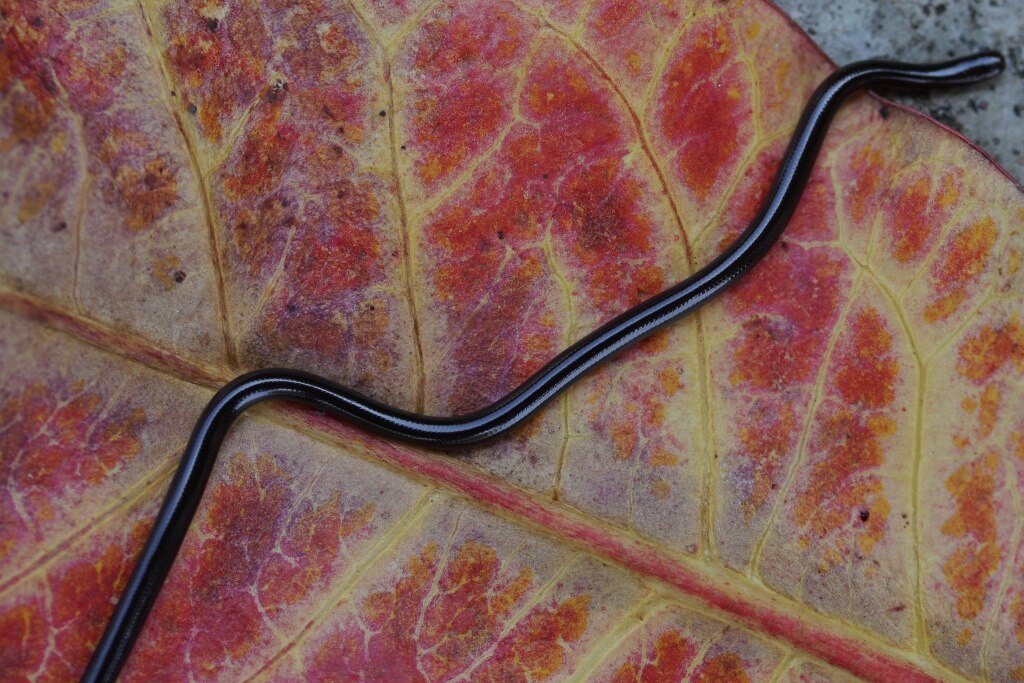
Snakes possess highly developed mechanoreceptors that detect ground vibrations, helping them identify potential predators and prey from considerable distances. Certain surfaces and materials that readily transmit or amplify vibrations create environments that snakes perceive as threatening or exposed. For example, loose gravel, metal sheeting, and hollow structures generate distinct vibration patterns that many snake species associate with increased predation risk. Research using vibration-sensitive recording equipment has demonstrated that snakes can detect human footsteps from over 40 feet away through appropriate substrates, explaining why they often retreat before humans visually detect them. This sensitivity to vibration explains why snake fencing that incorporates materials that transmit movement effectively can enhance the deterrent effect beyond simple physical barriers.
Visual Deterrents and Movement
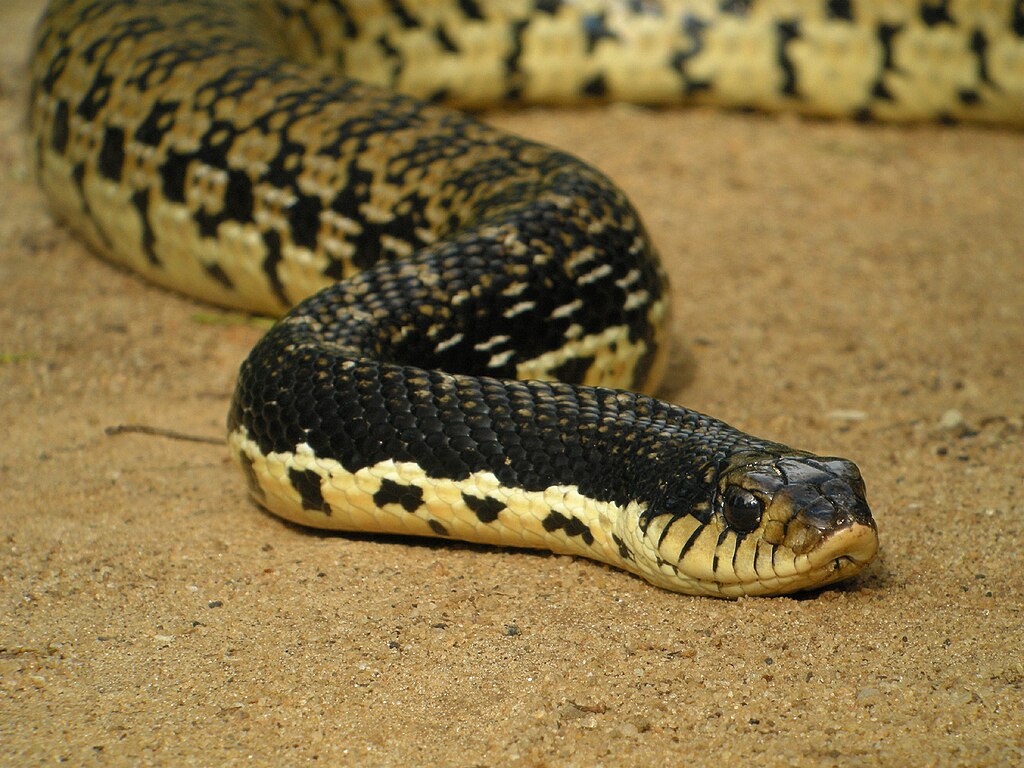
While snakes lack the visual acuity of mammals, they are highly sensitive to movement and can detect shadows and silhouettes that may indicate predator presence. Objects that create unpredictable movement patterns, such as wind-activated spinners, flags, or reflective surfaces that cast shifting light patterns, can create environments that snakes perceive as unstable or threatening. Studies examining snake behavior in controlled environments have observed significant avoidance of areas featuring unpredictable visual stimuli, particularly among diurnal species that rely more heavily on vision for navigation and predator avoidance. This explains the traditional practice in some cultures of hanging reflective objects or motion-activated decorations in gardens to discourage snake presence. However, it’s worth noting that visual deterrents are generally less effective than chemical or textural barriers, particularly for nocturnal snake species.
The Effectiveness of Snake Repellent Plants
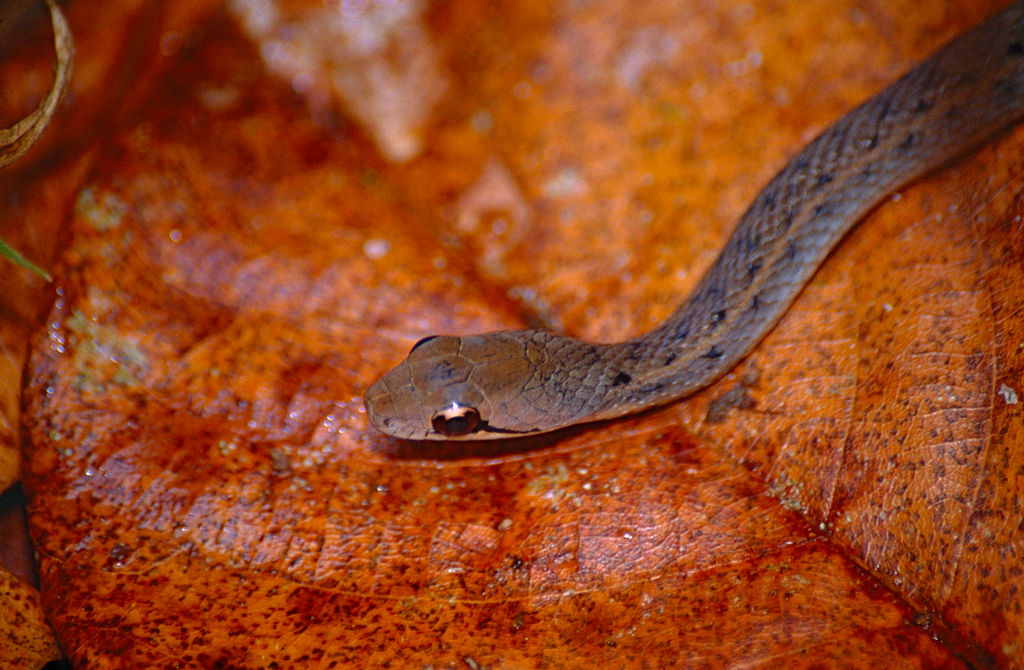
Scientific research on the effectiveness of snake-repelling plants shows varying degrees of success depending on species, concentration of active compounds, and environmental conditions. Controlled studies have demonstrated that fresh, actively growing repellent plants typically outperform dried materials or commercially processed products derived from these plants. The repellent effect tends to be stronger for smaller snake species and younger individuals, with larger snakes sometimes displaying greater tolerance to irritating compounds when highly motivated by hunger or reproductive drives. Environmental factors including temperature, humidity, and wind patterns significantly influence the effectiveness of plant-based repellents by affecting the volatility and concentration of active compounds. For maximum effectiveness, research suggests using multiple repellent plant species in combination with physical barriers rather than relying on botanical deterrents alone.
Creating Snake-Resistant Landscapes

Designing snake-resistant landscapes involves strategically combining multiple deterrents that address different aspects of snake sensory perception. Effective approaches typically begin with removing attractions like rodent habitats, water sources, and dense ground cover that provides hiding places. Perimeter plantings of repellent species such as marigolds, lemongrass, and members of the Allium family create a sensory barrier that discourages casual exploration. Incorporating pathways of coarse gravel or other uncomfortable substrates between planted areas increases the energy cost for snakes attempting to navigate the landscape. Well-maintained, open areas around structures eliminate potential snake shelter while allowing for visual detection of any snakes that do enter the space. When designed thoughtfully, snake-resistant landscapes can be aesthetically pleasing while significantly reducing the likelihood of snake encounters without harming these ecologically important animals.
Balancing Deterrence with Ecological Considerations
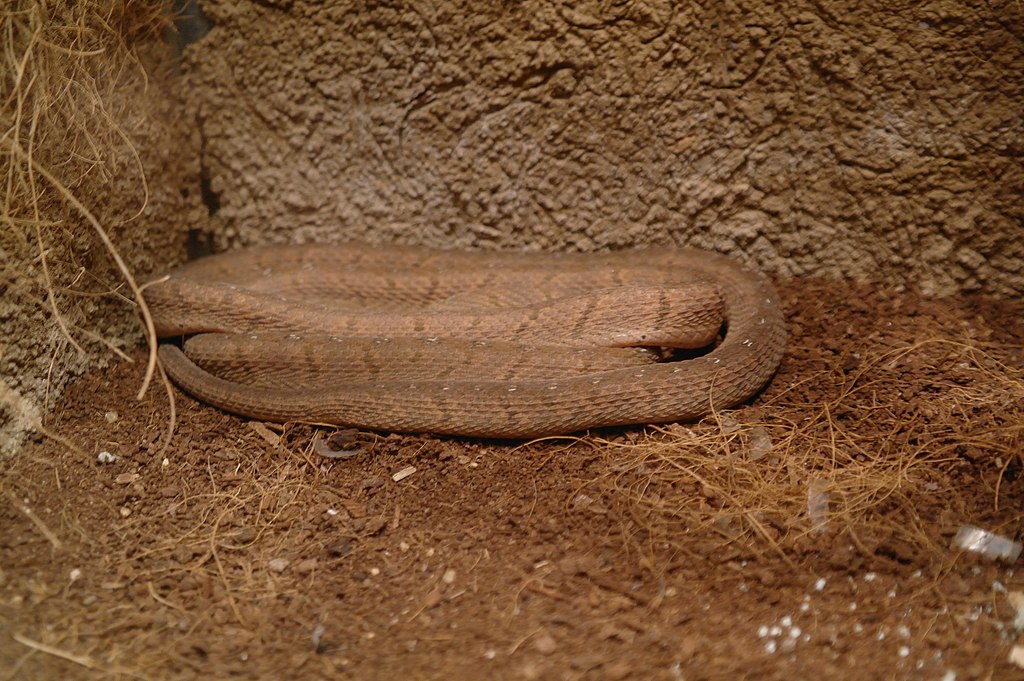
While deterring snakes from specific areas may be desirable for human safety, it’s important to recognize the ecological value these animals provide through pest control and as components of healthy ecosystems. Responsible deterrence focuses on redirecting snake activity rather than attempting widespread elimination, which can create ecological imbalances and potentially increase populations of rodents and other pest species. The most environmentally sound approach involves creating clear boundaries between human-use areas and wildlife habitat, allowing snakes to fulfill their ecological roles while minimizing human-snake conflict. Conservation biologists recommend using minimally toxic deterrents that specifically target snakes’ sensory aversions rather than broadly toxic substances that may harm beneficial wildlife or contaminate soil and water. This balanced approach recognizes that our goal should be coexistence rather than elimination of these remarkable and ecologically important reptiles.
Conclusion

The relationship between snakes and their environment reveals a fascinating interplay of evolutionary adaptations, sensory perception, and survival strategies. Their avoidance of certain plants and surfaces demonstrates sophisticated sensory capabilities that have evolved over millions of years. For humans seeking to manage snake encounters, understanding these natural aversions offers effective, humane solutions that work with snake biology rather than against it. By applying this knowledge thoughtfully, we can create environments that naturally discourage snake presence in specific areas while still respecting their important ecological roles. This approach aligns with modern conservation ethics that recognize the value of all wildlife while addressing legitimate human safety concerns—a balanced perspective that benefits both snakes and the humans who share their habitat.





